Manufacture française
Crystal goblet and crystal-ceramics inclusion
France, circa 1820
Dimensions : H. 10 ; D. 7,5 (cm.)
Elegant goblet with gadroon decoration, the back in the form of a rosette with a wheel, one of the two sides with the portrait of a man in profile to the left. Perhaps this is Louis XVIII without his decorations (?)
The origins of crystal-ceramics in the early 19th century
The rapid development of the crystal manufactures (Saint-Louis, Montcenis and Baccarat) was made possible by a favourable economic climate and a supply of excellent quality raw crystal, as evidenced by certain exchanges with the Vonêche manufactory.
In the space of two decades, production capacity became absolutely enormous, and the objects produced became even more diversified.
In addition, the European fashion for neoclassicism was evident in the mass distribution of copies of antique cameos, which were initially presented framed and were very popular.
On doit alors à Saint Amand les premiers essais d'inclusion de camées en biscuit dans un cristal. Ce savoir-faire est double, puisqu'il s’agit de maîtriser la sculpture sur les camées, mais également de maîtriser la composition des pâtes de biscuits et leurs cuissons. Il faut à peu près une dizaine d'années pour produire des pièces concluantes. Elles sont majoritairement à l'éffigie des personnes influentes contemporaines : l'Empereur déchu, sa femme, Louis XVIII, le Comte d'Artois, le duc de Berry, sa femme ou encore la duchesse d'Angoulême.
Rapport de condition :
quelques égrenures


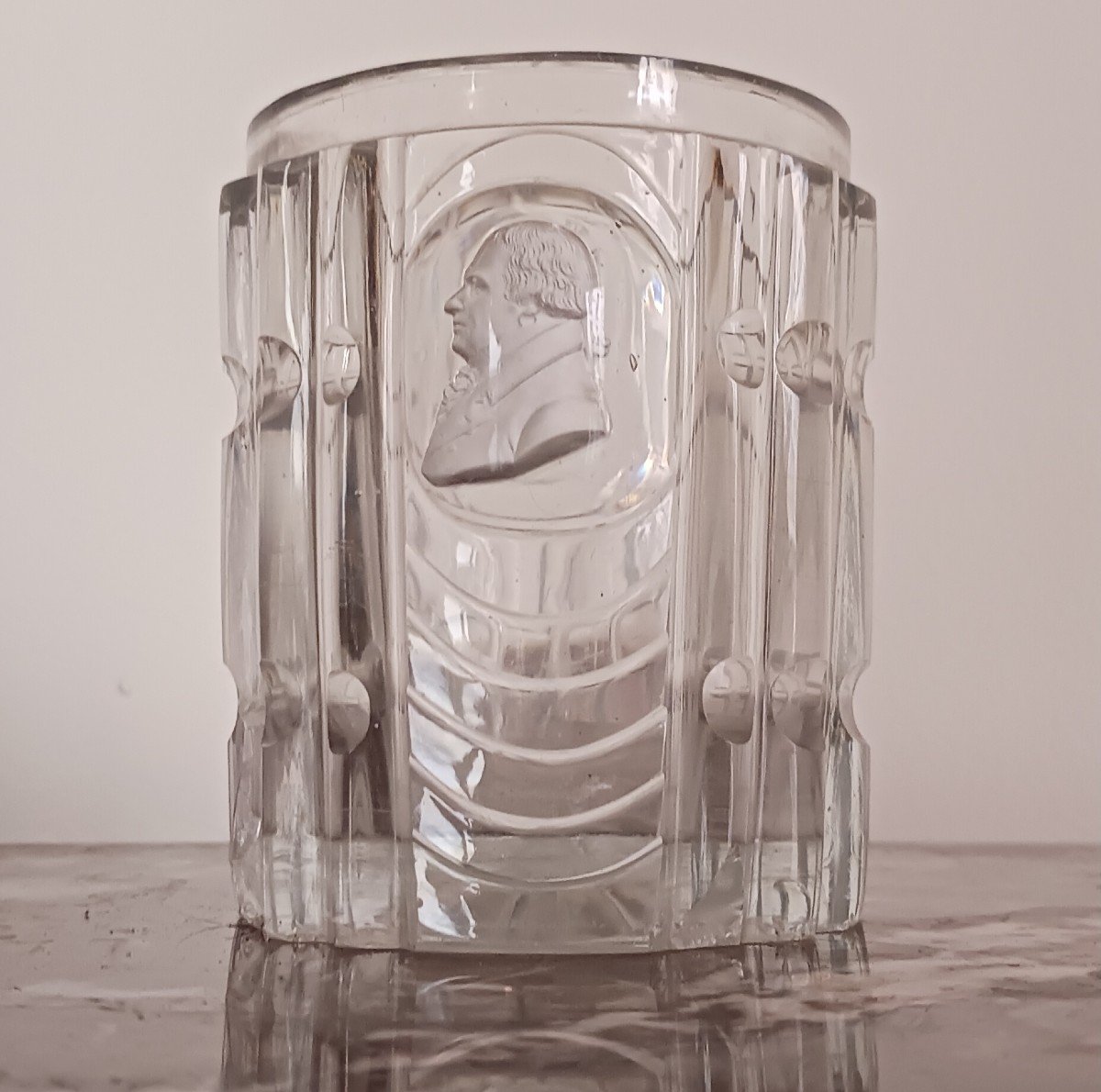




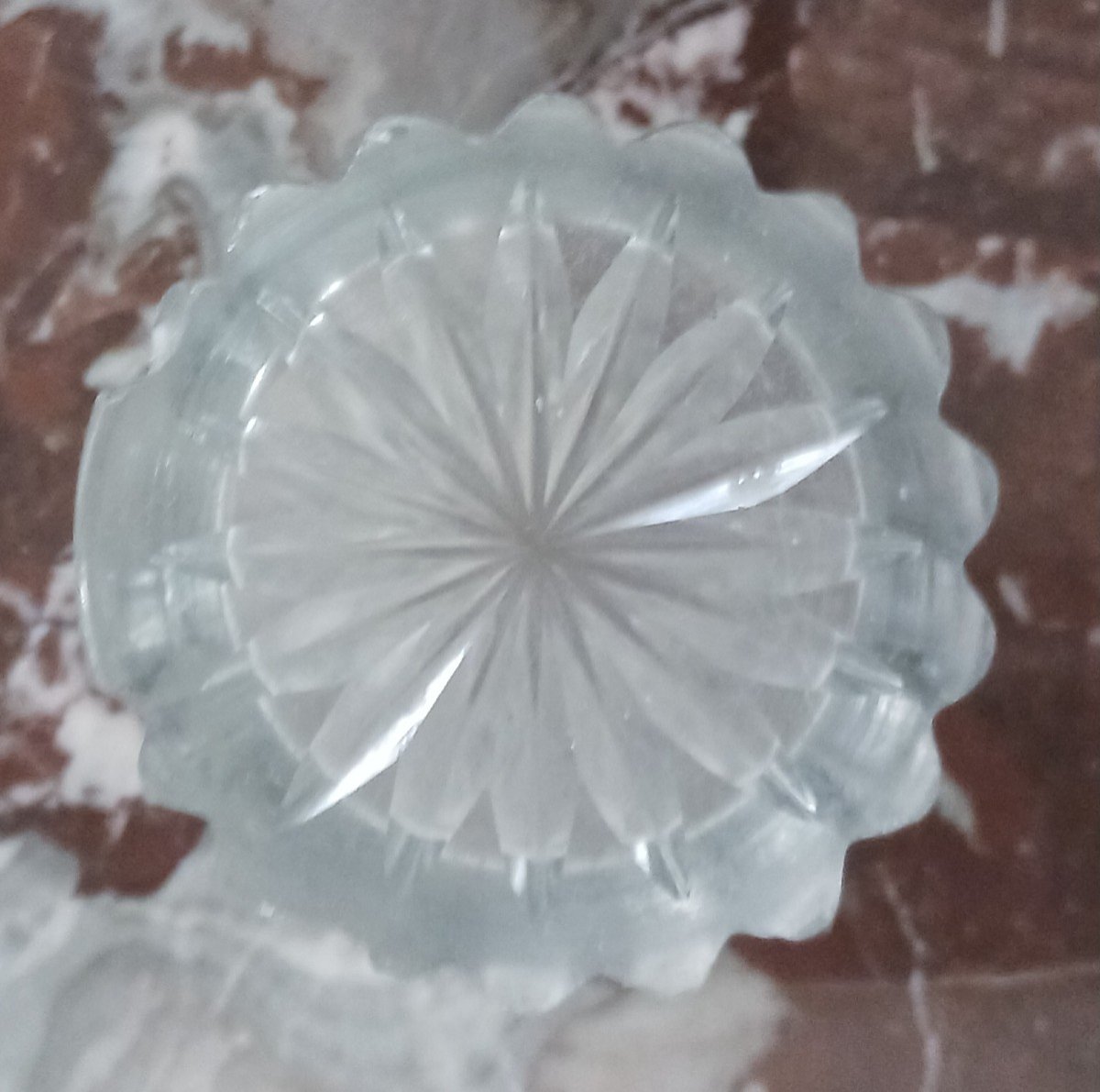











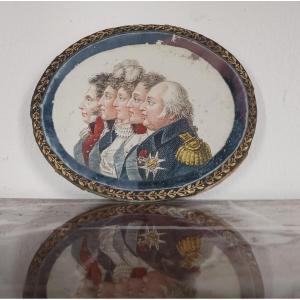











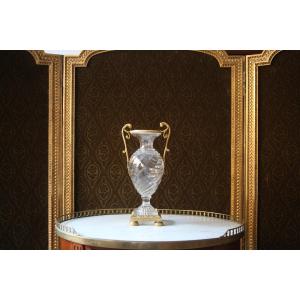


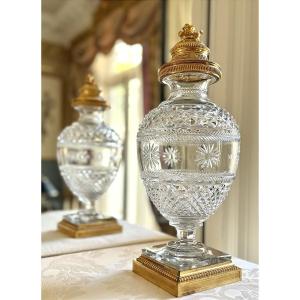



 Le Magazine de PROANTIC
Le Magazine de PROANTIC TRÉSORS Magazine
TRÉSORS Magazine Rivista Artiquariato
Rivista Artiquariato